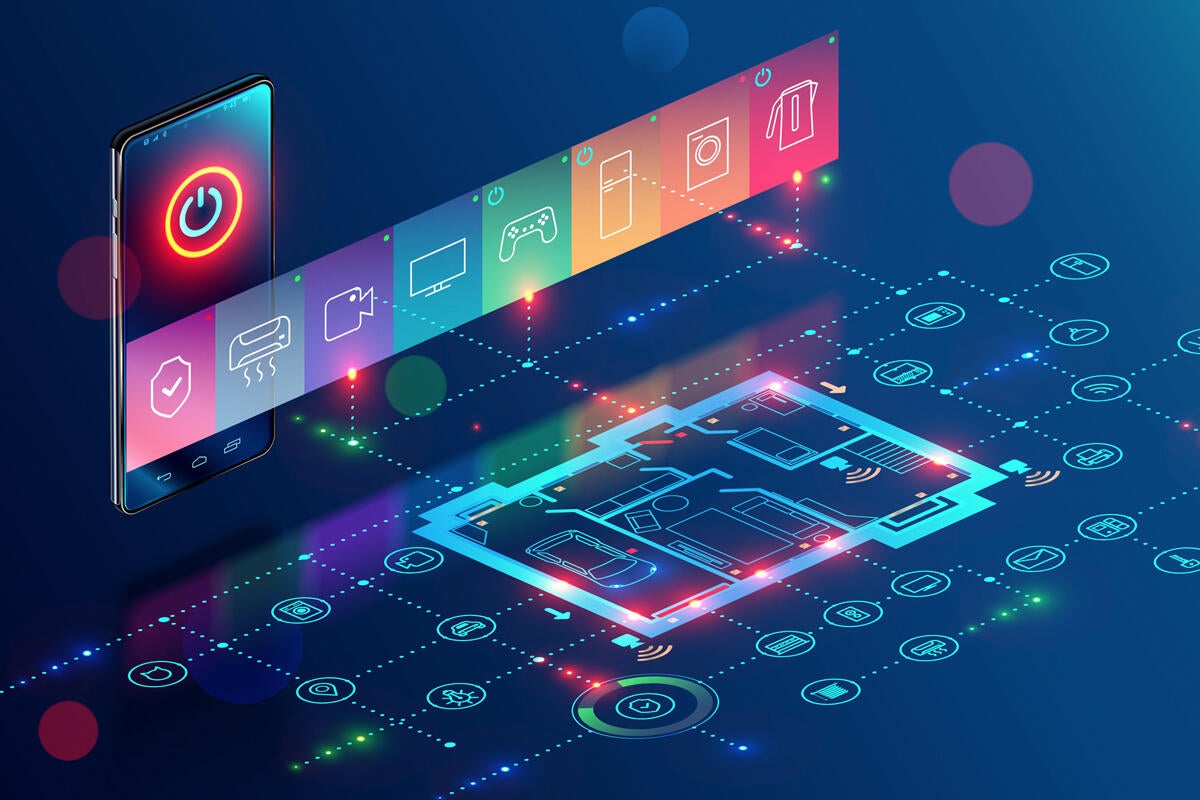
The increasing popularity of “smart” products that interact with users and generate new sources of data for firms is revolutionizing product life cycles and the relationship between manufacturers and their customers. As a result, the sales funnel that has formed the basis of marketing and selling into both consumer and business markets is being transformed. Live streams of feedback data from users is offering businesses a way to extend the sales funnel beyond the initial sale by driving additional sales through a better understanding of customer needs.
The sales funnel marketing and sales tool for steering prospects from brand or product awareness to a final sale. Typically, it comprises 4 key stages: Attention, Interest, Decision, Action (AIDA) and is a largely a linear process where prospects go in the top of the funnel and customers come out the bottom. Much marketing is focused on getting the attention of prospects through clever use of images, video and slogans. Once they have someone’s attention the focus shifts to building interest in the product or service through promoting its benefits and features. Once a prospect has enough information, it is hoped they will make a decision to purchase leading to the final action of spending money.
In 2009 McKinsey and Co. proposed a slightly modified version of this process that added an extra stage after purchase that they called “loyalty.” They argue that firms were increasingly finding ways to maintain a connection with customers after the purchase through techniques such as email marketing, loyalty schemes or other communication channels. This can be particularly useful for products or services that have finite lifecycles and will need replacing or renewing within a defined period of time. Home and motor insurance are good examples.
The data effect
The business world has changed significantly since 2009. The popularity of products such as the voice assistants offered by Amazon, Google and Apple as well as interactive doorbells, video surveillance cameras, smart vacuum cleaners and lighting create data-rich back-channels that companies can use to forge closer relationships with customers, better understand how their products are being used, and sell more value-added services. The subscription element to the business models of many of these products ensure an ongoing relationship that may continue for many years after the initial purchase.
"cycle" - Google News
March 17, 2020 at 05:00PM
https://ift.tt/2WgzuHw
Data ahead! How smart products are changing the traditional sales cycle - CIO
"cycle" - Google News
https://ift.tt/32MWqxP
Shoes Man Tutorial
Pos News Update
Meme Update
Korean Entertainment News
Japan News Update
Bagikan Berita Ini















0 Response to "Data ahead! How smart products are changing the traditional sales cycle - CIO"
Post a Comment